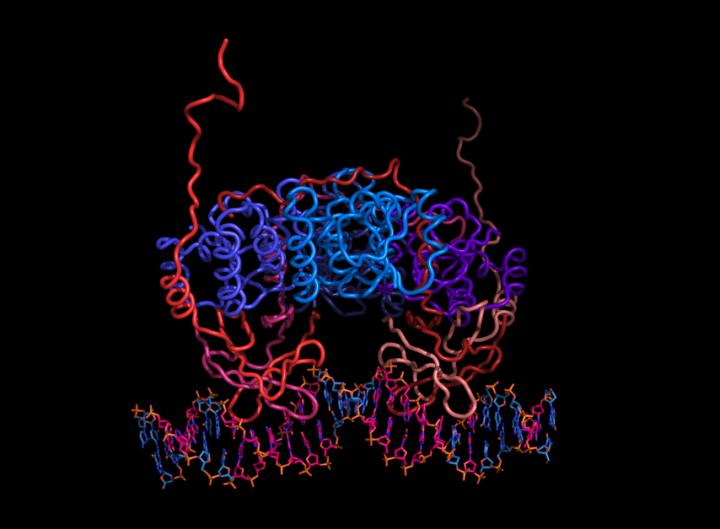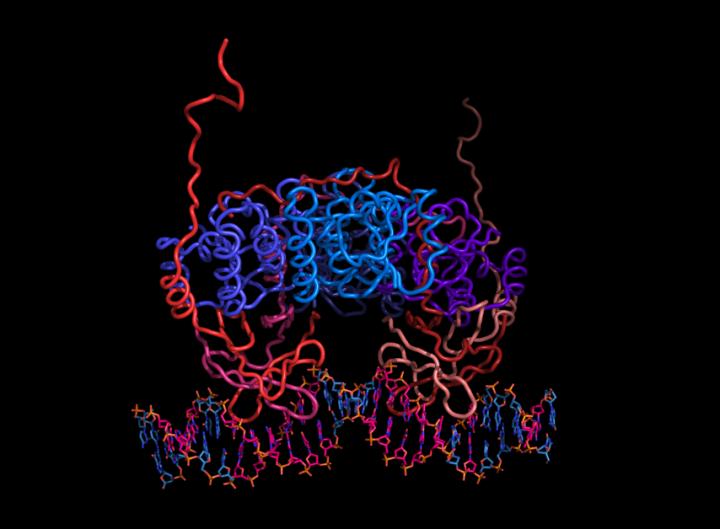
Credit: Associate Professor Ditlev E. Brodersen
Antibiotic resistance in pathogenic bacteria is a growing global challenge. Danish researchers have now discovered that bacteria use a code language to avoid being controlled. Understanding this code language will be paramount to developing new antibiotics in the future.
Pathogenic bacteria – such as those that cause tuberculosis and typhoid fever – use a variety of clever tricks against our immune system and the antibiotics we use to control them.
One of these tricks is the ability to go "under cover" and hide from the immune system and the treatment by going into a dormant state where they are not discovered. For several years, researchers at Aarhus University have studied the molecular mechanisms that enable bacteria to hide in this way, and new research now suggests that they also make use of code language in their attempt to avoid being controlled.
A palindrome is a word that reads the same both forwards and backwards, such as the word "kayak". In close collaboration with other leading researchers in bacterial physiology and bioinformatics at the University of Copenhagen and Aarhus University, a research team at the Department of Molecular Biology and Genetics at Aarhus University, Denmark, led by Associate Professor Ditlev Egeskov Brodersen, has discovered that a large number of pathogenic bacteria use cryptic palindromes embedded in the sequence of amino acids in their proteins to determine whether the dormant state should be established or interrupted.
The results have just been published in the renowned international journal Nucleic Acids Research, and include detailed three-dimensional structures of specific cell toxins that are activated during treatment with for example antibiotics, and demonstrate what happens to them when they bind to specific regions of the DNA of the bacterial cells. The toxins are usually kept in check by their partners, the so-called "anti-toxins", and the researchers have discovered that the palindrome codes enable the anti-toxins to block two toxins at the same time. The amino acid sequence of the codes fits as a key in a lock, and the palindromic sequence is necessary because the two toxins to be blocked are rotated 180 degrees relative to each other.
And moreover, it seems that such codes are present in unprecedented numbers among bacteria. In the analysis of over 4,000 bacterial genomes, the researchers have further shown that up to 1/4 of all known bacteria use such codes in their constant struggle for survival. Therefore, the research results indicate that a better understanding of the code language of the bacteria is necessary to increase the possibilities of developing new antibiotics in the future.
###
For further information, please contact
Associate Professor Ditlev E. Brodersen
Department of Molecular Biology and Genetics
Aarhus University, Denmark
[email protected] – +45 2166 9001
Published in Nucleic Acids Research
doi: 10.1093/nar/gkw1266
Media Contact
Ditlev E. Brodersen
[email protected]
45-21-66-90-01
@aarhusuni
http://www.au.dk
############
Story Source: Materials provided by Scienmag





